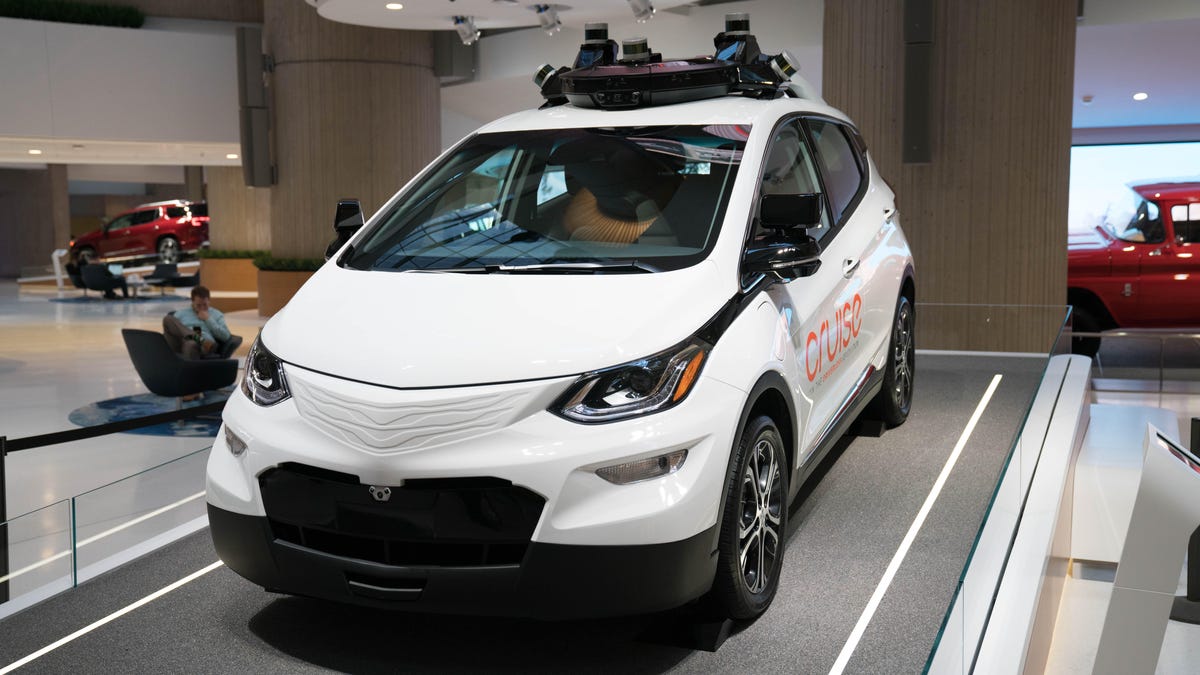Here's how GM's Cruise Automation trains its drivers
It's a bit more involved than asking for a driving record.

Earlier this year, GM put out a safety report that described how its autonomous-vehicle development with Cruise Automation is conducted in a safe, responsible manner. Now, a new appendix to that report shows how the company trains its human backup drivers.
Its drivers, which GM refers to as Autonomous Vehicle Testers (AVTs), are responsible for ensuring the safe operation of its autonomous fleet of Chevrolet Bolt EVs. More specifically, they have to engage the self-driving system, record behavior observations, provide feedback and take control when necessary.
The Bolt EVs used for autonomous development are the same ones that roll off the line in Lake Orion and head to dealerships, albeit with a few extra pieces of kit.
After being hired, AVTs undergo a month-long training session that begins in the classroom, eventually moving to a stationary vehicle, then to a private test environment, before finally reaching public spaces. They're trained on both the car and the rules of the road, as well as how to react to edge-case incidents like flat tires or someone bumping into the car. A binder with this information is in the car at all times, in case someone forgets in the heat of the moment.
Each car is staffed with two AVTs at all times, and according to GM's training document, the company "will continue to have AVTs in our test vehicles until we achieve our safety requirements and are ready to deploy in driverless mode." A secondary screen in the vehicle allows the AVTs to ensure that the car's various systems recognize all potential hazards on the road.
Staring at the road without doing anything can be surprisingly tiring, and GM knows this. In order to prevent fatigue from causing a problem, GM mandates breaks for its AVTs and restricts the amount of time its drivers can be on the road, selecting only routes that the company knows its drivers can complete within the allotted time frame.
GM acquired Cruise Automation for $1 billion in 2016 to help break into autonomous-vehicle development. The company exists as a sort of independent entity within GM's larger AV development structure, retaining its San Francisco headquarters. The two have since debuted a version of the Bolt EV that doesn't have a steering wheel, ahead of a potential autonomous-vehicle launch in the next year or two. Cruise recently received a $2.25 billion investment from SoftBank Vision Fund, too.

